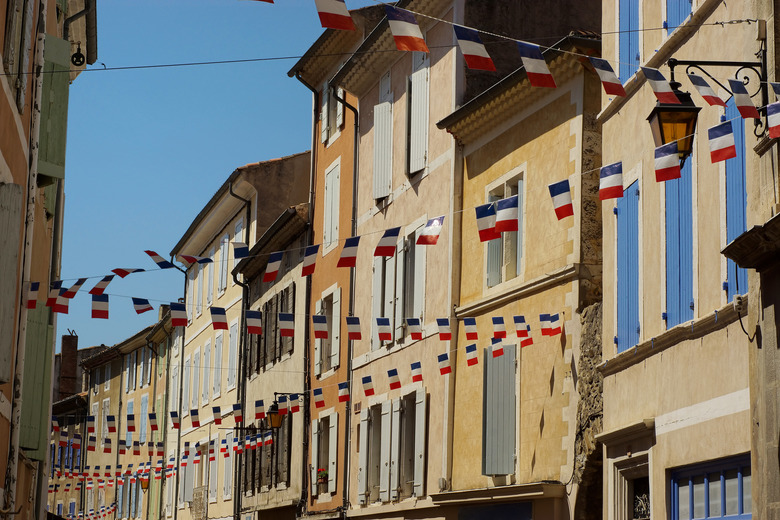WONDER #2530: What Was the French Revolution?

Overview
In this Wonder of the DayR, learners will be introduced to the French Revolution.
- They will explore what the French Revolution was,
- What caused the French Revolution,
- and What the French Revolution accomplished.
Explore the Wonder
Don't forget: there's a video to watch in the gallery! This video is 5 minutes, 38 seconds and created by TedED.
For older learners, excerpts from Les Miserables movie (1998 or 2012 versions; PBS/Masterpiece/BBC had a 6-part mini series, too) may be appropriate as well as excerpts from Victor Hugo's book (1862) that focus on the relationships between the characters during the war of the people.
For younger learners, learning about the French Revolution is a great way to look at world history and the parallels between countries. There is also a graphic novel version of Les Miserables available; carefully selected excerpts surrounding the politics of the time are a great example.
Essential Questions:
- What was the French Revolution?
- What caused the French Revolution?
- What did the French Revolution accomplish
Suggestions for Exploring the Wonder:
- Lower Elementary: Read the Wonder together.
- Upper Elementary: Take student volunteers to read the Wonder aloud.
- Middle School: Students read independently.
- High School: Students read independently.
Read this Wonder: #2530: What Was the French Revolution?
- Options for reading:
- Read out loud as learners follow along.
- Use Immersive Reader tool available on Wonderopolis.
- Invite learners to read out loud to the group. DO NOT require learners to read aloud if they're hesitant to do so.
- Put learners into small groups to read out loud together. Monitor and assist groups when they need help.
- During reading:
- If Wonder is printed out, invite learners to mark up their copy:
- Highlight or underline interesting information.
- Circle unfamiliar words.
- Put a star next to things you'd like to talk about later.
- If Wonder is being read online, invite learnerst o use the reading ais available on Wonderopolis:
- Hover over highlighted words to read a definition.
- Look at pictures/view videos for a visual comprehension aid.
- Explore hyperlinked Wonders for a deeper understanding.
- Take the "Did You Get It?" quiz to test comprehension.
- If Wonder is printed out, invite learners to mark up their copy:
Try It Out
There are many aspects of the French Revolution that can be fascinating for learners.
Science: research the scientists who were prolific and had huge findings during that time. Antoine Lavoisier, the Marqis de Condorcet, Jean-Paul Marat, Antoine-Augustin Parmentier, Bernard de Lacepede, Louis Bosc, Antoine Fourcroy. Several were martyred for their political beliefs: be sure to vet these scientists to determine whether their history is appropriate for your learners.
Literature:How was the written word affected by the French Revolution? What were the three phases of the French Revolution? (Doctrinaire phase, Political phase, Military phase) How was literature affected by the French Revolution?
The Arts: The late 16th and early 17th century was a turning point in the arts scene--especially painting/visual arts. Why? Who were the famous artists of the time and why? What was the prevailing style during and after the French Revolution? Music and Art were used as political propaganda during the French Revolution. Explain why.
Politics: Discuss the political climate and the rise to power of Napoleon Bonaparte.
Find an adult who can help you try out the activities below!
- What do you think about the French Revolution? Was it important in helping France become a democracy? Was it a needlessly violent revolution? Write a paragraph explaining what you think. Include details from this Wonder that support your position.
- Read more about the Declaration on the Rights of Man. Then, read about the US Declaration of Independence. How are the two similar? How are they different? Discuss with a friend or family member.
- Read more about the French Revolution. What do you think are the most important events of this war? Make your own timeline that includes the five most important tades of the French Revolution.